Introduction
In the realm of culinary arts, soy sauce stands as a cornerstone ingredient, adding depth, flavor, and color to a myriad of dishes. Its versatility makes it indispensable in kitchens across the globe, from Asian households to Western fusion restaurants. However, not all soy sauce is created equal. Some bottles promise a rich, umami-laden taste that elevates your meals, while others can leave a stale, off-putting aftertaste. Choosing the right soy sauce is crucial for enhancing the overall quality of your cooking. This guide delves into the intricacies of selecting delicious and non-stale soy sauce, ensuring that every drop contributes positively to your culinary endeavors.
Understanding Soy Sauce Types
Before diving into the specifics of selection, it’s essential to grasp the different types of soy sauce available. Each variety offers unique flavors and textures, suited to particular culinary needs.
-
Shoyu (Japanese Soy Sauce): Known for its balanced flavor profile, shoyu is made from fermented soybeans, wheat, salt, and water. It’s often used in sushi, marinades, and dipping sauces.
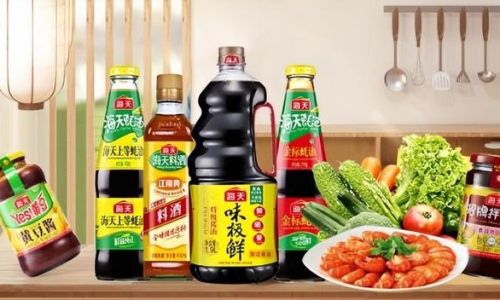
-
Koikuchi Shoyu: The most common type of shoyu, characterized by its dark color and robust flavor. Perfect for general cooking and seasoning.
-
Usukuchi Shoyu: A lighter version with a milder taste, ideal for light dishes like salads or soups where a subtle soy flavor is desired.
-
Tamari (Japanese Gluten-Free Soy Sauce): Made without wheat, tamari is ideal for gluten-free diets. It tends to be thicker and saltier, adding a rich, concentrated flavor.
-
Chinese Soy Sauce: Encompasses several varieties, including light soy sauce (used for seasoning and dipping), dark soy sauce (for color and a slightly sweet taste), and cooking soy sauce (often thicker and used in braises).
-
Indonesian Kecap Manis: A sweetened soy sauce with a molasses-like consistency, commonly used in Indonesian and Malaysian cuisine.
-
Korean Kanjang (or Ganjang): Similar to Chinese soy sauce but often aged longer, giving it a stronger, more complex flavor.
-
Vietnamese Nuoc Mam: Made from fermented fish sauce and soybeans, it adds a savory, umami-rich flavor to Vietnamese dishes.
Key Factors in Selecting Delicious Soy Sauce
Now that we’ve established the types, let’s explore the critical factors that determine the quality and taste of soy sauce.
Ingredients
The foundation of any good soy sauce lies in its ingredients. Look for products that list soybeans, wheat (if not gluten-free), salt, and water as the primary components. Avoid soy sauce with artificial additives, preservatives, or high-fructose corn syrup, as these can detract from its natural flavor and contribute to a stale taste.
Fermentation Process
The fermentation process is where soy sauce’s magic happens. Traditional methods involve long periods of natural fermentation, sometimes spanning months or even years. This slow process allows complex flavors to develop, creating a balanced, umami-rich taste. Look for soy sauce labeled as “naturally fermented” or “traditionally brewed” to ensure you’re getting the best quality.
Age
Like fine wine, some soy sauces improve with age. Older soy sauce often has a deeper, more refined flavor. However, this doesn’t mean all aged soy sauce is better; freshness is also important. Check the production or packaging date to ensure you’re not purchasing an overly aged product that might have lost its vitality.
Salt Content
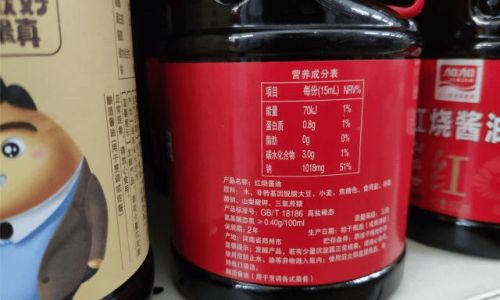
Salt is crucial for preserving soy sauce and enhancing its flavor. However, too much salt can overpower other flavors and make dishes unpalatable. Look for soy sauce with a moderate salt content that balances well with its other components.
Color and Consistency
The color and consistency of soy sauce can vary depending on the type and fermentation process. Darker soy sauce generally has a stronger flavor and is used for dishes that require more color and depth. Lighter soy sauce, on the other hand, is ideal for dishes where a delicate soy flavor is desired. Consistency-wise, a smooth, pourable texture is preferable to a chunky or separated one.
Aroma and Taste
One of the most direct ways to assess soy sauce quality is through its aroma and taste. A good soy sauce should have a pleasant, slightly sweet aroma with hints of caramel and roasted soybeans. Tasting it should reveal a balanced blend of saltiness, sweetness, and umami, without any harsh or stale notes.
Practical Tips for Buying and Storing Soy Sauce
With these factors in mind, here are some practical tips to help you choose and store delicious, non-stale soy sauce:
-
Read Labels Carefully: As mentioned, ingredient lists and production methods are key. Opt for soy sauce with minimal additives and naturally fermented.
-
Sample Before Buying: If possible, taste the soy sauce before purchasing. This is especially important when buying premium or specialty varieties.
-
Buy in Moderation: Soy sauce can degrade over time, even in sealed containers. Purchase smaller bottles to ensure freshness and rotate your stock.
-
Store Properly: Keep soy sauce in a cool, dark place away from direct sunlight and heat. Once opened, transfer it to a glass bottle to prevent plasticizers from leaching into the sauce.
-
Experiment with Different Types: Don’t be afraid to experiment with various soy sauce types. Each offers unique flavors that can elevate different dishes.
Conclusion
Choosing delicious and non-stale soy sauce is an art that requires attention to detail and a bit of experimentation. By understanding the different types, examining ingredients, considering fermentation processes, and paying attention to aroma, taste, and storage conditions, you can ensure your soy sauce enhances rather than detracts from your culinary creations. Remember, the best soy sauce is one that complements your dishes, adding layers of flavor without overpowering them. Happy cooking!

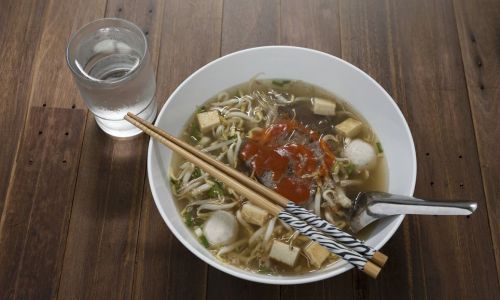

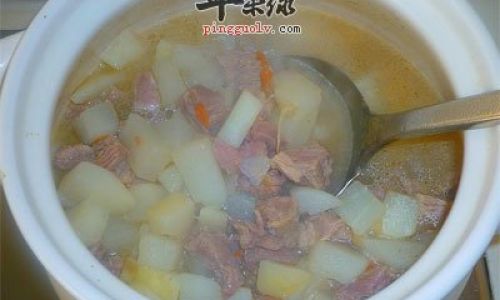
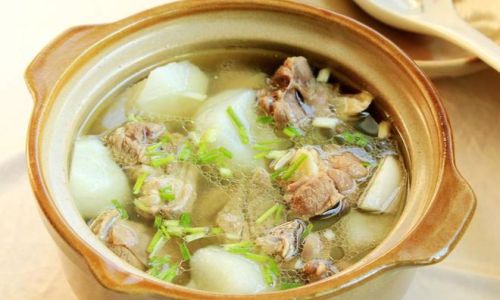
0 comments